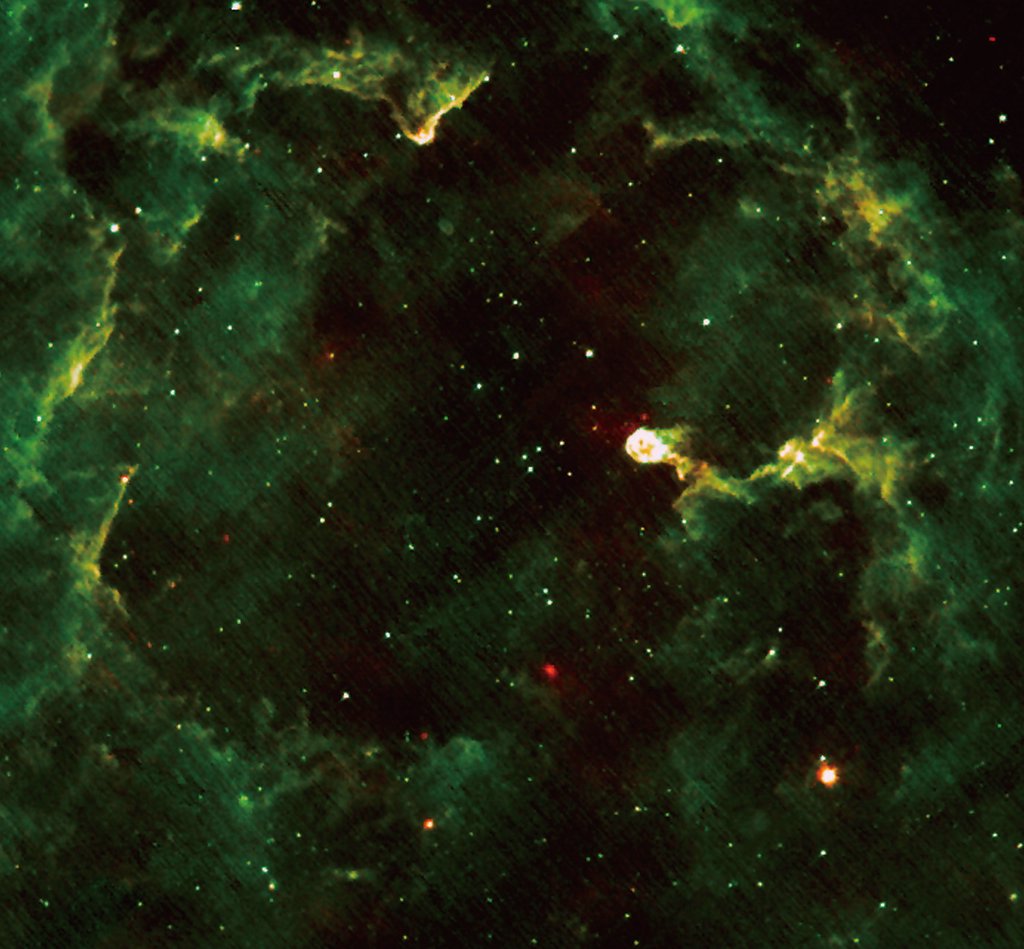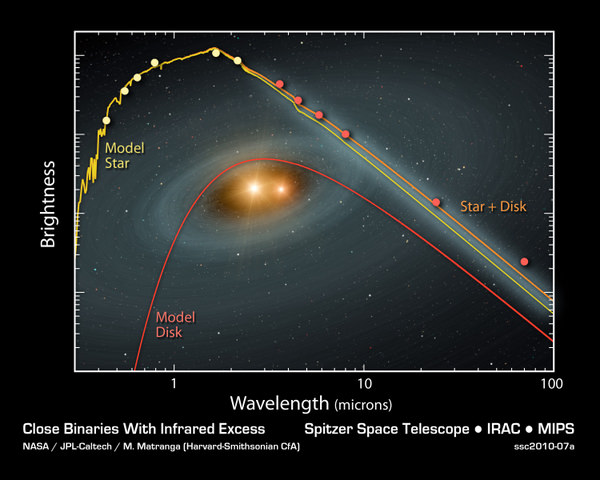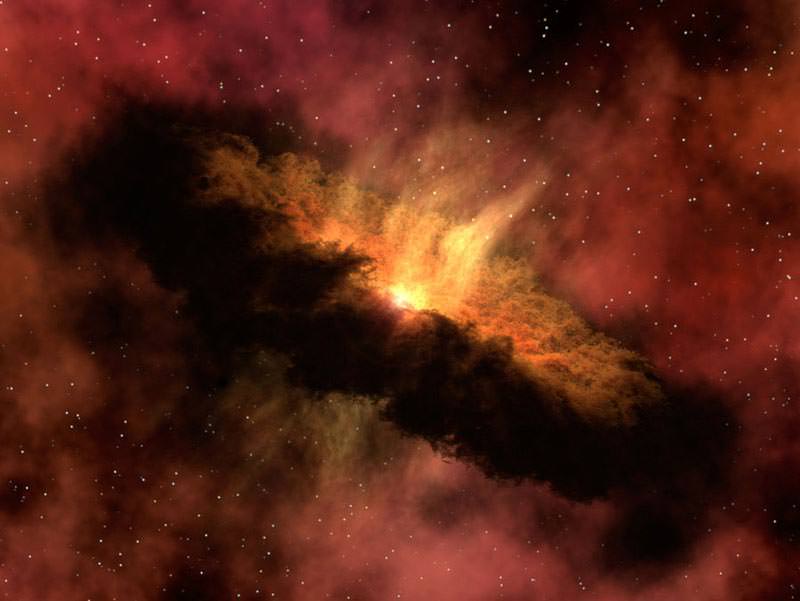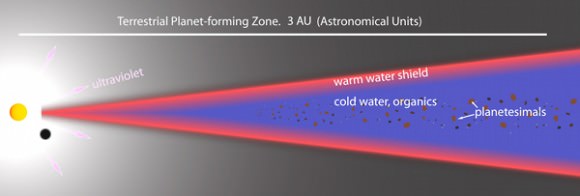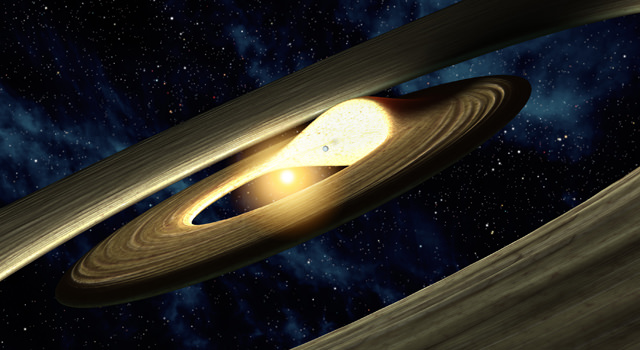While there is a great deal of excitement and effort in the hopes of finding small, terrestrial sized exoplanets, another realm of exoplanet discovery that is often overlooked is that of ones of differing ages to explore how planetary systems can evolve. The first discovered exoplanet orbited a pulsar, showing that planets can be hardy enough to survive the potential violent deaths of their parent stars. On the other end, young planets can help astronomers constrain how planets form and a potential new discovery may help in those regards.
Historically, astronomers have often avoided looking at stars younger than about 100 million years. Their young nature tends to make them unruly. They are prone to flares and other eccentric behaviors that often make observations messy. Additionally, many young stars often retain debris disks or are still embedded in the nebula in which they formed which also obscures observations.
Despite this, some astronomers have begun developing targeted searches for young exoplanets. The age of the exoplanet is not independently derived, but instead, taken from the age of the host star. This too can be difficult to determine. For isolated stars, there are precious few methods (such as gyrochronology) and they generally have large errors associated with them. Thus, instead of looking for isolated stars, astronomers searching for young exoplanets have tended to focus on clusters which can be dated more easily using the main sequence turn off method.
Through this methodology, astronomers have searched clusters and other groups, such as Beta Pictoris which turned up a planet earlier this year. The Beta Pic moving group boasts an age of ~12 million years making it one of the youngest associations currently known.
Trumpler 37 (also known as IC 1396 and the Elephant Trunk Nebula) is one of the few clusters with an even younger age of 1-5 million years. This was one of several young clusters observed by a team of German astronomers led by Gracjan Maciejewski of Jena University. The group utilized an array of telescopes across the world to continuously monitor Trumpler 37 for several weeks. During that time, they discovered numerous flares and variable stars, as well as a star with a dip in its brightness that could be a planet.
The team cautions that the detection may not be a planet. Several objects can mimic planetary transit lightcurves such as “the central transit of a low-mass star in front of a large main-sequence star or red giant, grazing eclipses in systems consisting of two main-sequence stars and a contamination of a fainter eclipsing binary along the same line of sight.” Due to the physics of small objects, the size of brown dwarfs and many Jovian type planets are similar leading difficulty in distinguishing from the light curve alone. Spectroscopic results will have to be undertaken to confirm the object truly is a planet.
However, assuming it is, based on the size of the dip in brightness, the team predicts the planet is about twice the radius of Jupiter, and about 15 times the mass. If so, this would be in good agreement with models of planetary formation for the expected age. Ultimately, planets of such age will help test our understanding of how planets form, whether it be from a single gravitational collapse early on, or slow accretion over time.

